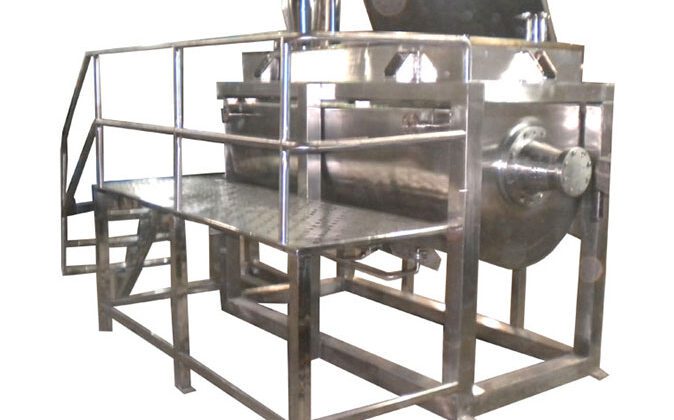
Overview of Pharmaceutical Powder Blending Systems
Pharmaceutical Powder Blending Systems
A crucial stage in the creation of pharmaceutical solid dosage forms is the blending of powders. Many of these powdered active medicinal ingredients are present in these solid dose forms (API). The characteristics of the bendable materials and the blender’s design are just two of the many variables that affect how well something blends. In this post, we’ll go through how to use a powder blending system to work out when it’s best to combine APIs.
Future research is expected to improve the predictability and accuracy of the mixing process, despite the fact that it is not entirely predictable. Statistical sampling and trial-and-error trials are currently used in blending analytics, which is both dangerous and wasteful. In order to meet their objectives, many producers will choose more advanced pharmaceutical mixing systems. Even though technology has advanced over time, uniform mixing is still necessary.
The quantity and purity of the ingredients play a significant role in blending quality. The degree of repeatability of the end product can be used to assess the quality of a blending system. Pharmaceutical mixing is currently unpredictable. Future analysis, however, need enhance blending procedures. One important element that propels advancements in pharmaceutical machining and chemistry is the accessibility of predictive analytics. Using various blending techniques, manufacturers can keep an eye on and manage the quality of a pharmaceutical product.
For the stability of the finished product, pharmaceutical blending quality is essential. The product will be more likely to retain the desirable properties of the original product with the use of a high-quality pharmaceutical powder blending system. This elevates the machine to a crucial stage in the production process. A potent pharmaceutical blending system can boost productivity, cut down on waste, and raise the caliber of pharmaceutical output. It is crucial to spend money on the greatest blending system because of this.
Pharmaceutical blending systems can also be categorized as fixed shell blenders, rotating shell blenders, and concrete mixers in addition to impeller mixers. A fixed shell blender has an internal spinning paddle that continuously shears the contents of the container. To produce a homogenous mixture, a rotating shell blender relies on a more gentle mixing method. Granules can be produced with greater accuracy using a rotator mixer.
The V-Type Blending system rotates two portions of the components while it blends them together. The versatile V-Type Blender is excellent for blending the components of dry powders. It is simple to load, unload, and clean thanks to its compact design. One important advantage is its manual rotation method. Its straightforward design makes it perfect for both researchers and medication producers. Additionally, customized models and solutions are offered by Adinath International.
Different blenders can be built depending on the industry and mixing requirements and have a variety of uses.
- V’ Blender
- Octagonal Blender
- Ribbon Blender
- Double Cone Blender
- Vertical Blender
- Screw Blender